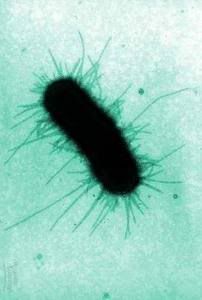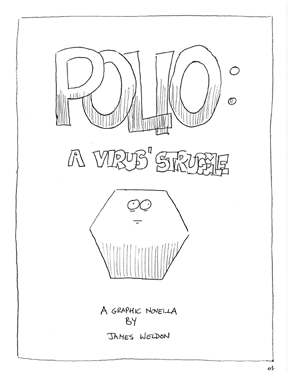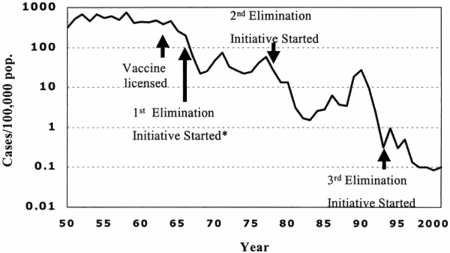While CDC silent on Tamiflu hoarding, IDSA speaks out
(IDSA=Infectious Disease Society of America).
Dear Colleagues,
In response to requests for guidance from our members, policymakers, and the public, IDSA and the Society for Healthcare Epidemiology of America have developed the following position statement on antiviral stockpiling for influenza preparedness.
We advocate a national stockpile with minimum treatment courses for at least 25 percent or ideally 40 percent of the U.S. population. We advocate health care institutional reserves to improve local access for treatment of affected populations, but not prophylaxis of health care workers given the current shortage of antiviral drugs. We discourage personal stockpiles. We want to remind the public that there are a number of other steps that individuals can take to protect themselves against seasonal or pandemic influenza, including cough etiquette, hand-washing, and annual influenza vaccination.
This policy statement will require continuous refinement as events change. We will continue to use IDSA’s website and e-mail alerts to keep our members apprised.
The Society owes a debt of gratitude to the members of the Pandemic Influenza Task Force, who drafted the statement: Kathleen Maletic Neuzil, MD, MPH, Chair; Kathryn M. Edwards, MD; David S. Fedson, MD; Frederick Hayden, MD; Edward N. Janoff, MD; Andrew T. Pavia, MD; and Gregory A. Poland, MD.
Sincerely,
Martin J. Blaser, MD
IDSA President
(Emphasis mine). More info at the link.
 As mentioned in the comments to
As mentioned in the comments to 







 In 1999, measles still caused 873,000 deaths per year, and accounts for almost half of the 1.6 million vaccine-preventable deaths in children every year. The Red Cross and associated agencies began a campaign in 2000 to reduce this number, akin to the polio and smallpox eradication efforts. They concentrated on sub-Saharan Africa, where 95% of the measles deaths worldwide occurred. By 2003, deaths were already down by 39% (to just over 500,000 in that year). Still, 500,000 vaccine-preventable deaths every year is way too many. And resistance to this vaccination remains, and by some accounts, is growing, in the United States. People forget that these "benign childhood diseases" can, and do, kill, and that vaccines are a public health intervention that has saved many millions of lives around the world.
In 1999, measles still caused 873,000 deaths per year, and accounts for almost half of the 1.6 million vaccine-preventable deaths in children every year. The Red Cross and associated agencies began a campaign in 2000 to reduce this number, akin to the polio and smallpox eradication efforts. They concentrated on sub-Saharan Africa, where 95% of the measles deaths worldwide occurred. By 2003, deaths were already down by 39% (to just over 500,000 in that year). Still, 500,000 vaccine-preventable deaths every year is way too many. And resistance to this vaccination remains, and by some accounts, is growing, in the United States. People forget that these "benign childhood diseases" can, and do, kill, and that vaccines are a public health intervention that has saved many millions of lives around the world. It's situations like this that really irk me.
It's situations like this that really irk me.
 I swear I hadn't intended to do a prion focus this week, but the stories just keep popping up. In this week's Science, Seeger et al. report that
I swear I hadn't intended to do a prion focus this week, but the stories just keep popping up. In this week's Science, Seeger et al. report that 




